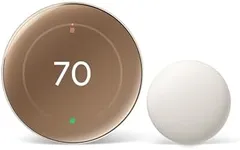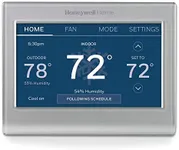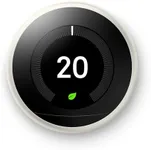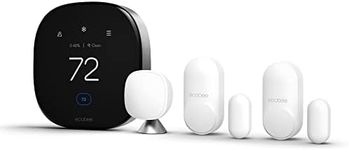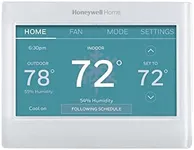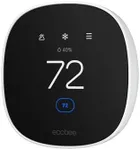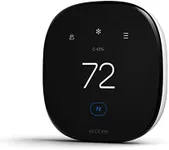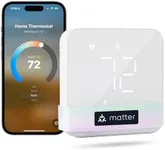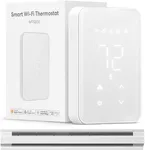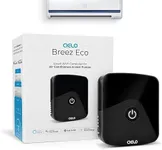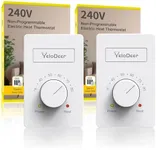Buying Guide for the Best Thermostats
Choosing the right thermostat can make your home more comfortable and help you save energy. The best thermostat for you depends on your heating and cooling system, your daily routine, and how much control you want over your home's temperature. It's important to consider features that make life easier, like scheduling and remote access, as well as compatibility with your HVAC equipment. Thinking about how involved you want to be with programming or whether you prefer technology that 'learns' your habits can help you zero in on the right type.CompatibilityCompatibility refers to whether the thermostat will work with your specific heating and cooling system, such as gas, electric, heat pump, or multi-stage systems. This is crucial because not all thermostats support every type of system. You’ll typically find compatibility listed on the product or in the manual. If you’re unsure about your existing system, you may want to look for thermostats labeled as broadly compatible or consult with someone knowledgeable about your HVAC setup.
ProgrammabilityProgrammability determines whether you can set schedules for your heating and cooling preferences. Non-programmable thermostats are simple and keep temperatures steady until you change them. Programmable models can adjust the temperature at different times of the day and days of the week, reducing waste and saving energy. If you have a regular schedule, a basic programmable unit may be enough; if your routine varies, look for thermostats with more flexible scheduling options.
Smart FeaturesSmart features include Wi-Fi connectivity and integration with apps or voice assistants, allowing you to control your thermostat remotely and take advantage of automated energy-saving features. Some smart thermostats even learn your routine and adjust automatically. If you travel often, want to control your home while away, or enjoy using your phone or voice to manage devices, these features can be a big plus. If you prefer simplicity and don't want more gadgets, a non-smart thermostat works well.
Ease of UseEase of use covers how simple it is to operate the thermostat, including the layout of controls, display clarity, and how straightforward it is to set schedules or change settings. Some models have touchscreens, large numbers, or intuitive menus, while others rely on buttons and simpler displays. Think about whether everyone in the household will be comfortable using the device, and consider choosing a model that matches your comfort with tech and your vision needs.
Energy Saving FunctionsEnergy saving functions are special features that help you use less energy, like adaptive recovery (which learns how long it takes to reach a target temperature), eco-modes, or energy reports. These can be important if you want to keep your utility bills low while maintaining comfort. If maximizing efficiency is important to you, look for models that offer these features and that have a good reputation for helping users save energy.
InstallationInstallation covers how easy it is to set up the thermostat—some plug into existing wiring quickly while others may need additional wiring or a professional. If you’re comfortable with a screwdriver and working with electrical components, many modern thermostats are designed for easy DIY installation. However, systems that lack a common wire (C-wire) or have complex setups might need an expert. Match your comfort and skills with the installation demands of the model you choose.

